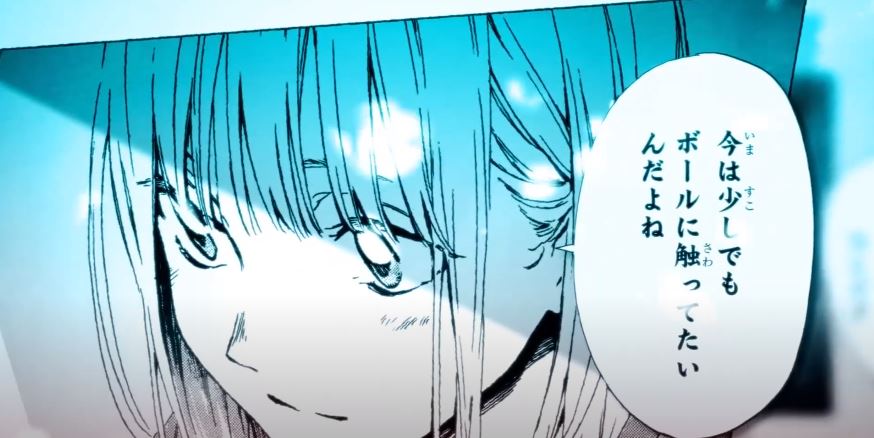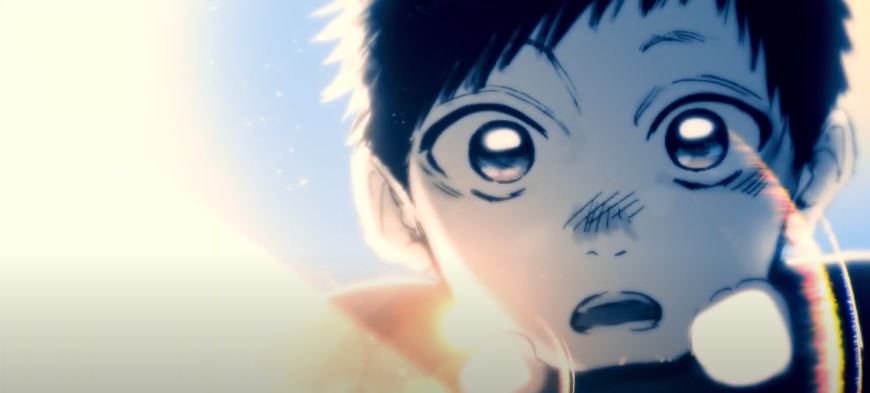The romantic manga series Blue Box has enjoyed immense popularity since it began serialization in the famous Weekly Shonen Jump magazine.
This slice-of-life story about high school student and fledgling athlete Taiki Inomata, who falls for his beautiful yet aloof classmate Chinatsu Kano, has garnered praise for its relatable characters and nuanced exploration of young romance.
Against the odds, Blue Box has continued captivating readers week after week for over two years in the competitive Weekly Shonen Jump lineup.
Now, the manga’s enduring appeal will reach wider audiences through a highly anticipated anime adaptation set to premiere in 2024. Leading animation studios Telecom Animation Film and UNLIMITED PRODUCE by TMS are collaborating on the project.

Popular voice actors Shoya Chiba, Reina Ueda, and Akari Kito will lend their talents to bringing the main characters Taiki, Chinatsu, and Taiki’s childhood friend Hina Chono to life onscreen.
With strong source material and talent attached, hopes are high that the Blue Box anime will resonate with fans much like the manga has.
The anime promises to vividly translate the charms of Taiki and Chinatsu’s sweet but complicated relationship to screens worldwide.
Anime Adaptation for Shonen Jump’s Top Romance Series
While the hype is high for the anime adaptation of the romantic manga Blue Box, many eager fans have one pressing question – when will it actually be released?
An official premiere date for the series has yet to be announced. Given the lengthy production timelines of some anime projects, there is a chance fans could be waiting over a year to finally see the sweet high school story of Taiki and Chinatsu brought to animation.

The uncertainty stems from how adaption announcements do not always correlate to near-term release plans.
For example, the popular Weekly Shonen Jump ninja series Mission: Yozakura Family had its adaptation revealed back in 2022, but it won’t air until Spring 2024 – over two years after the initial news.
Unfortunately, without concrete details directly from the studios and publishers working on Blue Box’s anime, it’s impossible to predict how its production timeline might align for a 2024 debut.
Anime turnaround times vary greatly depending on format, animation techniques, team bandwidth, and other factors.

However, as one of Weekly Shonen Jump’s most buzzed-about current titles, hopes are that Blue Box will be fast-tracked to capitalize on manga fans’ anticipation.
Yet with no release date or hints at production timeframes available yet, followers will surely be scanning every new update like a hawk for the first signs of when they’ll see fan-favorite characters Taiki, Chinatsu, and Hina make the leap from page to screen.
Whenever that premiere date does get confirmed, it is sure to excite the manga’s passionate readership.
How Blue Box Has Managed To Find So Much Success In Weekly Shonen Jump?
A key part of Blue Box’s winning formula has been its skillful blending of sports storytelling with romantic drama.

On the surface, a high school love story centered on introverted badminton player Taiki and aloof basketball star Chinatsu seems an unusual fit for the famously sports-focused Weekly Shonen Jump magazine.
Yet Blue Box neatly balances both genres in a way that showcases the strengths while transcending the limitations of either one.
When the narrative spotlights the leads’ athletic pursuits, it delivers the motivating rivalries and determination to improve one expects from a top-tier sports manga.

When it shifts focus back to the sweet but complicated chemistry between Taiki and Chinatsu, it offers to affect interpersonal dynamics to become invested in.
By toggling between these threads, Blue Box creates an emotive resonance stronger than sports action or romantic plotlines could achieve independently.
The diverse blend of genres bolsters the appeal for readers of multiple demographics.
For these reasons, Blue Box has carved a distinctive niche for itself in the Weekly Shonen Jump roster as a series that fuses together shonen sports storytelling with shojo-esque relationship building.

This genre fusion formula links readers to both the competitive fire of Taiki striving towards badminton greatness and the fluttering hopes he places in winning over the girl of his dreams.
The result is a manga that stands out from its peers by immersing fans in the best of two engaging worlds at once. By playing to sports and romantic conventions while also subverting them in smart ways, Blue Box continues winning over Weekly Shonen Jump readers week after week.




